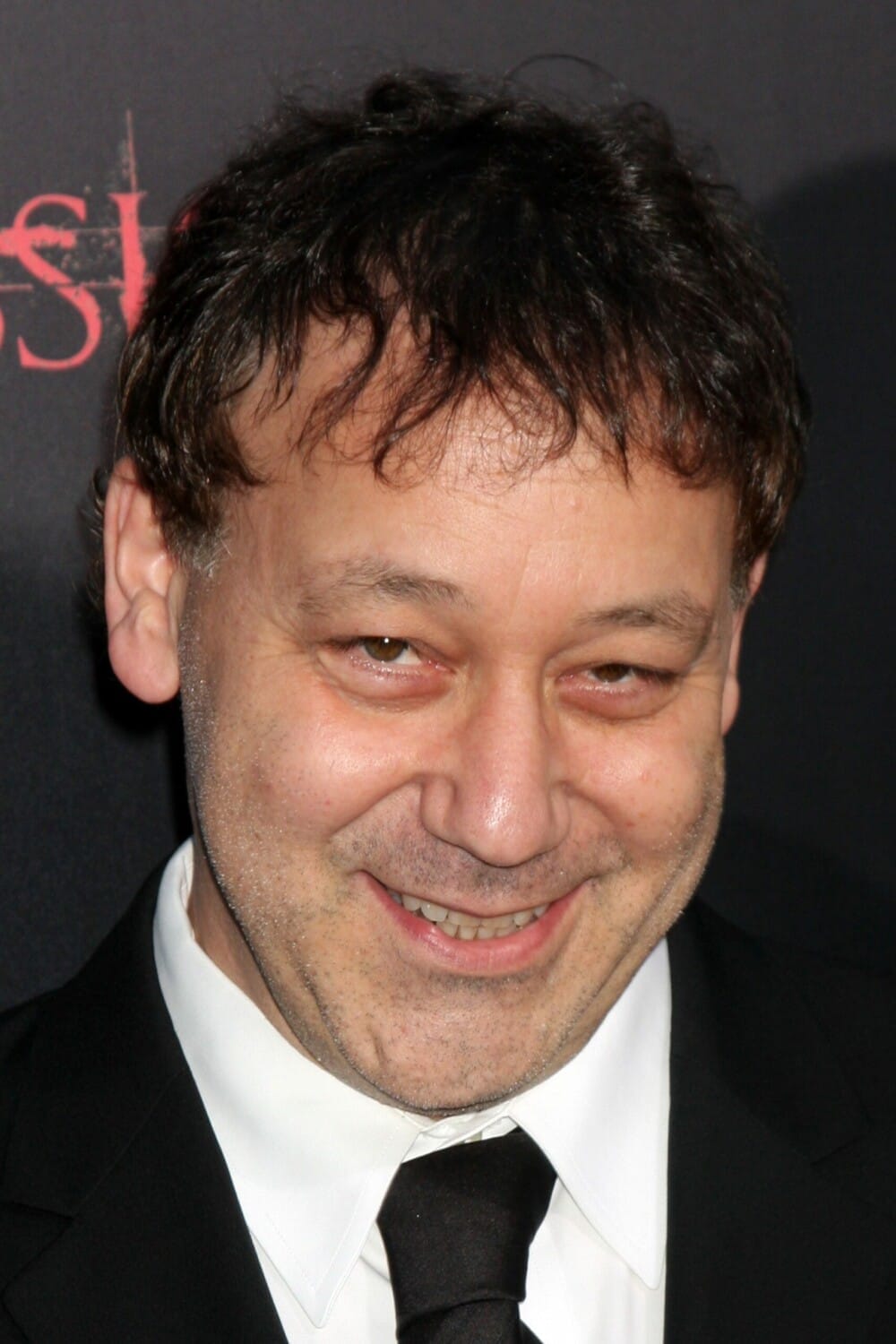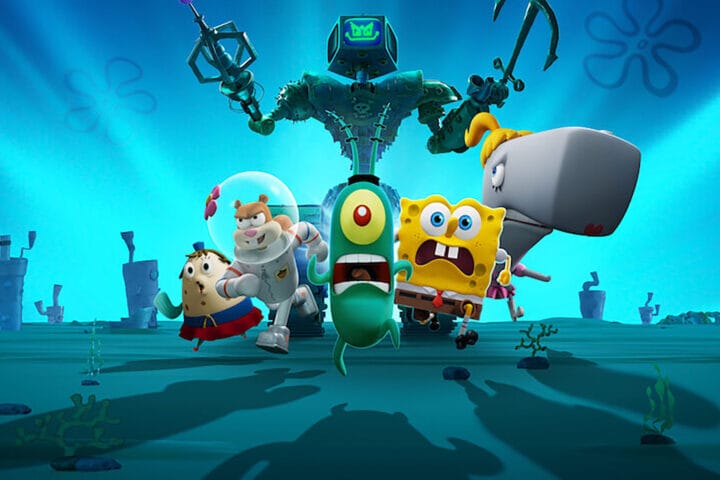Sam Raimi was born on October 23,1959 in Royal Oak, Míchigan, United States. He is the director of Doctor Strange in the Multiverse of Madness and, of course, The Evil Dead.
Introduction to Sam Raimi
When it comes to the world of cinema, few directors have made as significant an impact as Sam Raimi. Known for his unique directorial style and varied filmography, Raimi himself has become a legend in the industry, with his work spanning across horror, thriller, action, and superhero genres. This article will take a deep dive into the cinematic legacy of Sam Raimi, exploring the highlights of his career, the evolution of his directorial style, his collaborations with actors and crew, and his lasting influence on the modern film landscape.
Born in 1959 in Royal Oak, Michigan, Sam Raimi grew up with a strong passion for film. As a child, he would often create short films with his friends and siblings, using an 8mm camera gifted to him by his father. This early fascination with storytelling and the cinematic medium would later lead him to attend Michigan State University, where he would continue to hone his skills and develop his signature style.
Raimi’s career in filmmaking officially began with the release of his first feature film, “The Evil Dead,” in 1981. This low-budget horror film would go on to become a cult classic and launch Raimi’s career into the spotlight, setting him on a path to become one of the most influential directors in Hollywood.
Raimi’s Early Career and Breakthrough
Sam Raimi’s early career was marked by a series of low-budget films that showcased his innovative directorial techniques and penchant for dark, twisted humor. One of his first projects was a short horror film titled “Within the Woods,” which served as a prototype for what would later become “The Evil Dead.” This short film was instrumental in garnering interest from investors and securing the budget for Raimi’s first feature film.
Following the success of “The Evil Dead,” Raimi continued to work on various projects, including the 1985 comedy “Crimewave,” which he co-wrote with his longtime collaborator and friend, Joel Coen. While this film was not a commercial success, it further showcased Raimi’s unique approach to storytelling and his ability to blend genres seamlessly.
In 1990, Raimi released “Darkman,” a superhero film that blended elements of horror, film noir, and action. The film was a moderate success and demonstrated Raimi’s versatility as a filmmaker, paving the way for his later work in the superhero genre.
The Evil Dead Trilogy: The Birth of a Cult Classic
The Evil Dead trilogy, consisting of “The Evil Dead,” “Evil Dead II,” and “Army of Darkness,” is widely regarded as Raimi’s most iconic work and a seminal series in the horror genre. These films, which follow the misadventures of protagonist Ash Williams as he battles demonic forces, showcase Raimi’s unique blend of horror, comedy, and over-the-top action.
“The Evil Dead” introduced audiences to Raimi’s distinct directorial style, featuring innovative camera techniques, practical effects, and a relentless pace that kept viewers on the edge of their seats. The film’s success led to the creation of two sequels, each building upon the foundations of the previous installment and further developing Raimi’s signature style.
“Evil Dead II” incorporated more humor into the mix, blending slapstick comedy with gory violence to create a film that was as entertaining as it was horrifying. “Army of Darkness,” the final installment in the trilogy, fully embraced its comedic elements, resulting in a film that remains a beloved cult classic to this day.
Raimi’s Foray into Mainstream Hollywood
While Raimi’s career began with a focus on low-budget horror films, his unique vision and undeniable talent soon caught the attention of Hollywood. In the 1990s, Raimi began to tackle larger projects, directing films such as “A Simple Plan” (1998) and “For Love of the Game” (1999). These films showcased Raimi’s ability to work within a variety of genres and handle more complex narratives.
One of Raimi’s most notable mainstream successes came in the form of the thriller “The Gift” (2000), starring Cate Blanchett, Keanu Reeves, and Katie Holmes. The film received critical acclaim, further cementing Raimi’s status as a skilled and versatile filmmaker.
Raimi’s foray into mainstream Hollywood also allowed him to explore his passion for the superhero genre, culminating in his biggest commercial success to date: the Spider-Man trilogy.
The Spider-Man Trilogy: Raimi’s Blockbuster Success
In 2002, Sam Raimi’s “Spider-Man” hit theaters, marking the beginning of a new era for superhero films. The film, which starred Tobey Maguire as Peter Parker/Spider-Man, was a massive success, both critically and commercially, grossing over $820 million at the box office. Raimi’s unique vision, combined with his love for the source material, resulted in a film that resonated with audiences and set a new standard for superhero movies.
Raimi went on to direct two sequels, “Spider-Man 2” (2004) and “Spider-Man 3” (2007), both of which enjoyed significant commercial success. While the third installment received mixed reviews, the trilogy as a whole remains a beloved and influential part of superhero film history.
The Spider-Man trilogy not only demonstrated Raimi’s ability to handle large-scale productions but also showcased his talent for character development and emotional storytelling, proving that he could balance spectacle with substance.
Raimi’s Unique Directorial Style and Techniques
One of the key factors that set Sam Raimi apart from other filmmakers is his distinct directorial style. Raimi’s films often feature innovative camera techniques, such as the “Raimi cam,” which involves attaching a camera to a moving object to create a dynamic, first-person perspective. This style can be seen throughout his filmography, from the intense chase scenes in “The Evil Dead” to the thrilling web-slinging sequences in “Spider-Man.”
Raimi is also known for his use of practical effects, which lend a sense of authenticity and tangibility to his films. This can be seen in the gruesome gore of the Evil Dead trilogy, as well as the impressive, practical stunts in his Spider-Man films. Raimi’s commitment to practical effects is a testament to his passion for filmmaking and his dedication to creating an immersive, believable cinematic experience.
Finally, Raimi’s films often incorporate elements of dark humor and twisted, surreal imagery. This distinctive blend of horror and comedy can be seen throughout his career, from the slapstick violence of “Evil Dead II” to the macabre, fantastical world of “Drag Me to Hell” (2009). This unique combination of tones and aesthetics has become a hallmarkof Raimi’s style, setting him apart from other filmmakers and making his work instantly recognizable.
Exploring Raimi’s Collaborations with Actors and Crew
Throughout his career, Sam Raimi has worked with a variety of actors and crew members, many of whom have become frequent collaborators. Some of the most notable include Bruce Campbell, who has appeared in many of Raimi’s films, including the Evil Dead trilogy and the Spider-Man films. The two have a close friendship and creative partnership that has spanned decades, with Campbell serving as both an actor and producer on many of Raimi’s projects.
Another frequent collaborator is composer Danny Elfman, who provided the iconic score for the Spider-Man trilogy. Elfman’s bombastic, orchestral compositions perfectly complement Raimi’s larger-than-life vision, helping to create a truly epic cinematic experience.
Raimi’s collaborations with his crew members have also been instrumental in shaping his unique directorial style. His longtime cinematographer, Bill Pope, has worked on many of Raimi’s films, including the Spider-Man trilogy and “Spider-Man 2” in particular. Pope’s innovative camera techniques and use of practical effects have helped to bring Raimi’s vision to life on the big screen.
Raimi’s Influence on Modern Horror and Superhero Genres
Sam Raimi’s impact on the film industry extends far beyond his own work. His unique directorial style and innovative techniques have influenced countless filmmakers, particularly in the horror and superhero genres.
Raimi’s use of practical effects and dark humor has inspired a new generation of horror filmmakers, who seek to create immersive, visceral experiences for audiences. His influence can be seen in films such as “The Cabin in the Woods” (2012) and “Get Out” (2017), both of which blend horror and comedy in unique and innovative ways.
Raimi’s work in the superhero genre has also had a lasting impact, particularly on the Marvel Cinematic Universe. The Spider-Man trilogy paved the way for the current wave of superhero films, demonstrating that these characters could be taken seriously while still maintaining a sense of fun and excitement.
The Future of Sam Raimi’s Career
While Sam Raimi has not directed a film since 2013’s “Oz the Great and Powerful,” he remains a beloved and influential figure in the film industry. Fans eagerly anticipate his return to the director’s chair, and rumors have circulated about potential projects in the works.
One of the most exciting possibilities is Raimi’s involvement with the upcoming Doctor Strange sequel, “Doctor Strange in the Multiverse of Madness.” While nothing has been confirmed, Raimi’s unique directorial style and experience in the superhero genre make him a perfect fit for this project.
Regardless of what the future holds, Sam Raimi’s legacy in the film industry is secure. His innovative techniques, unique directorial style, and passion for storytelling have left an indelible mark on cinema, inspiring countless filmmakers and entertaining audiences for decades to come.
In conclusion, Sam Raimi is a true genius of cinema, a director whose unique vision and innovative techniques have left an indelible mark on the film industry. From the birth of a cult classic with “The Evil Dead” to the blockbuster success of the Spider-Man trilogy, Raimi’s career has been defined by his passion for storytelling and his commitment to creating immersive, entertaining cinematic experiences.
Raimi’s collaborations with actors and crew members have been instrumental in shaping his unique style, while his influence on modern horror and superhero genres is undeniable. While his future in the film industry remains uncertain, his impact on cinema will continue to be felt for years to come.
If you’re a fan of Sam Raimi’s work, be sure to revisit his filmography and discover the genius of Raimi himself.
I’m not certain, but I have a little gypsy blood in me. And my mother always told me that her grandma could give someone the evil eye, and I’d better not cross her because she had some of that blood in her. Mother always believed that she could predict the future, and she had dreams that came true.
Sam Raimi
Video: Sam Raimi Movies Ranked From Worst to Best
I like something where I can really use my imagination and be an active participant in the construction of the monster and usually that’s in the world of the supernatural or the world of the fantastic, so that’s why those kinds of stories about demons and the supernatural appeal to me or maybe I’m really interested in that subject.
Sam Raimi














